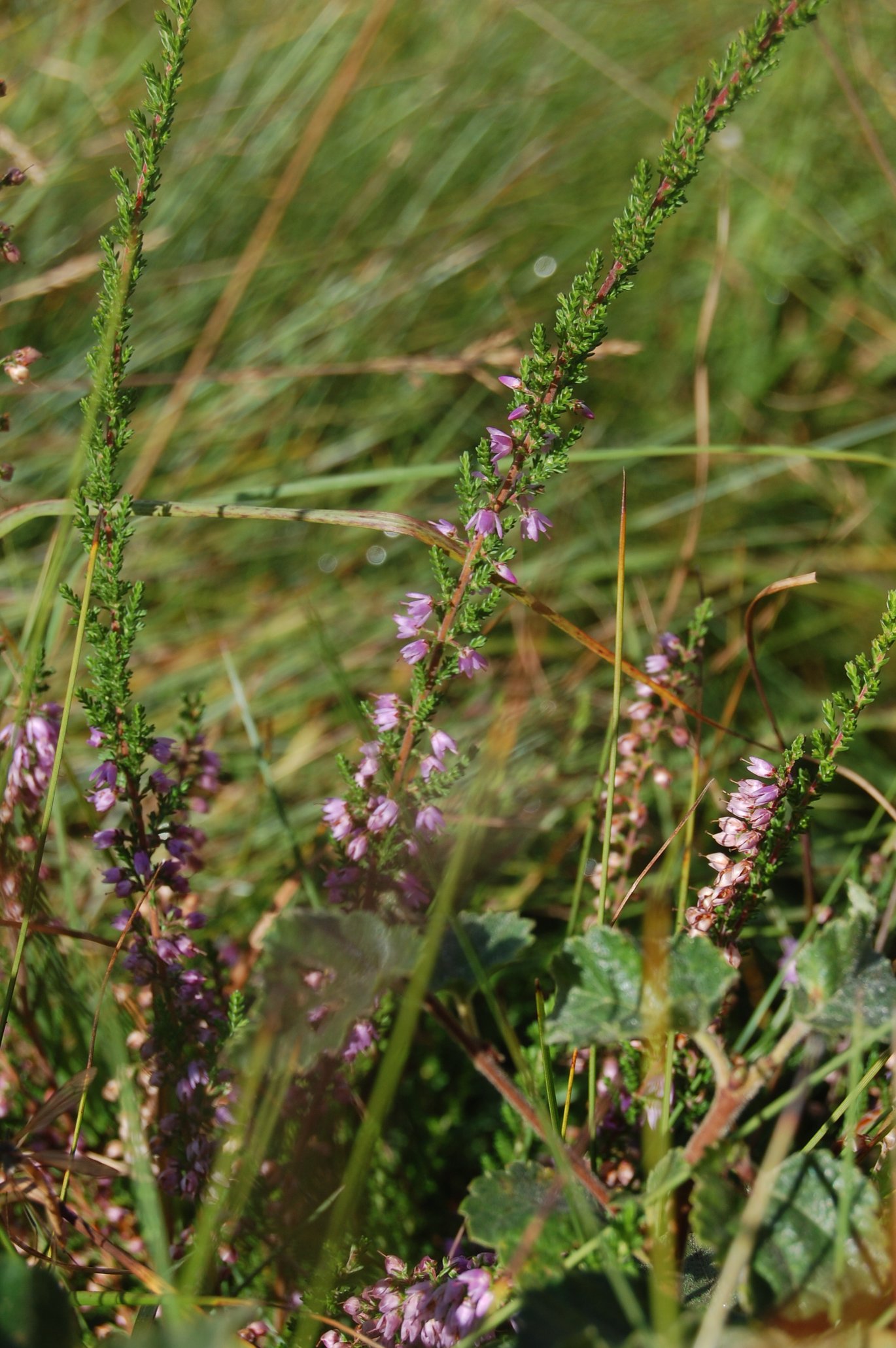Pollen data collating
If you are willing to share pollen data with us, we can offer co-authorship of the first ANTHEA publication

Michelle Farrell is currently busy collating pollen data that will be used to produce a spatial model of heathland extent in northern Europe from 4000 BC to the present day. This model will be compared with archaeological data to enhance our understanding of how and why heathlands have been maintained over such long timescales. It is envisaged that high-resolution quantitative land-cover reconstructions will be produced for the project’s case study regions (western Jutland, south-western Norway, south-western Britain, north-western Germany, north-eastern/central Netherlands and central-western Ireland), and we are also exploring the possibility of producing a more coarse-grained reconstruction for northern Europe as a whole. To this end, we would like to ask for your help! If you, or your colleagues, have pollen data that has not been archived in the European Pollen Database, and that you would be willing to allow us to use in producing our land-cover reconstructions, we would be very happy to hear from you.
We are particularly interested in pollen data from the case study regions detailed above, which will be used to produce high spatial resolution land-cover reconstructions that illustrate the trajectory of heathland development in these regions. We would also be interested in talking to you about any other pollen data you have from northern Europe that could potentially be used in producing a more coarse-grained reconstruction at a larger spatial scale. Production of this coarser-grained model for northern Europe is highly dependent on the availability of sufficient data, so we are still at an early stage of exploring the possibilities for this.
If you are willing to share pollen data with us, we can offer co-authorship of the first ANTHEA publication in which the new land-cover reconstructions are presented. We may then make use of the reconstructions in further project publications, but your data will not be used in any other projects unless we have your explicit permission to do so. If you are interested in contributing to this research by providing us with pollen data, please contact Michelle Farrell for more information and to discuss this opportunity further.
